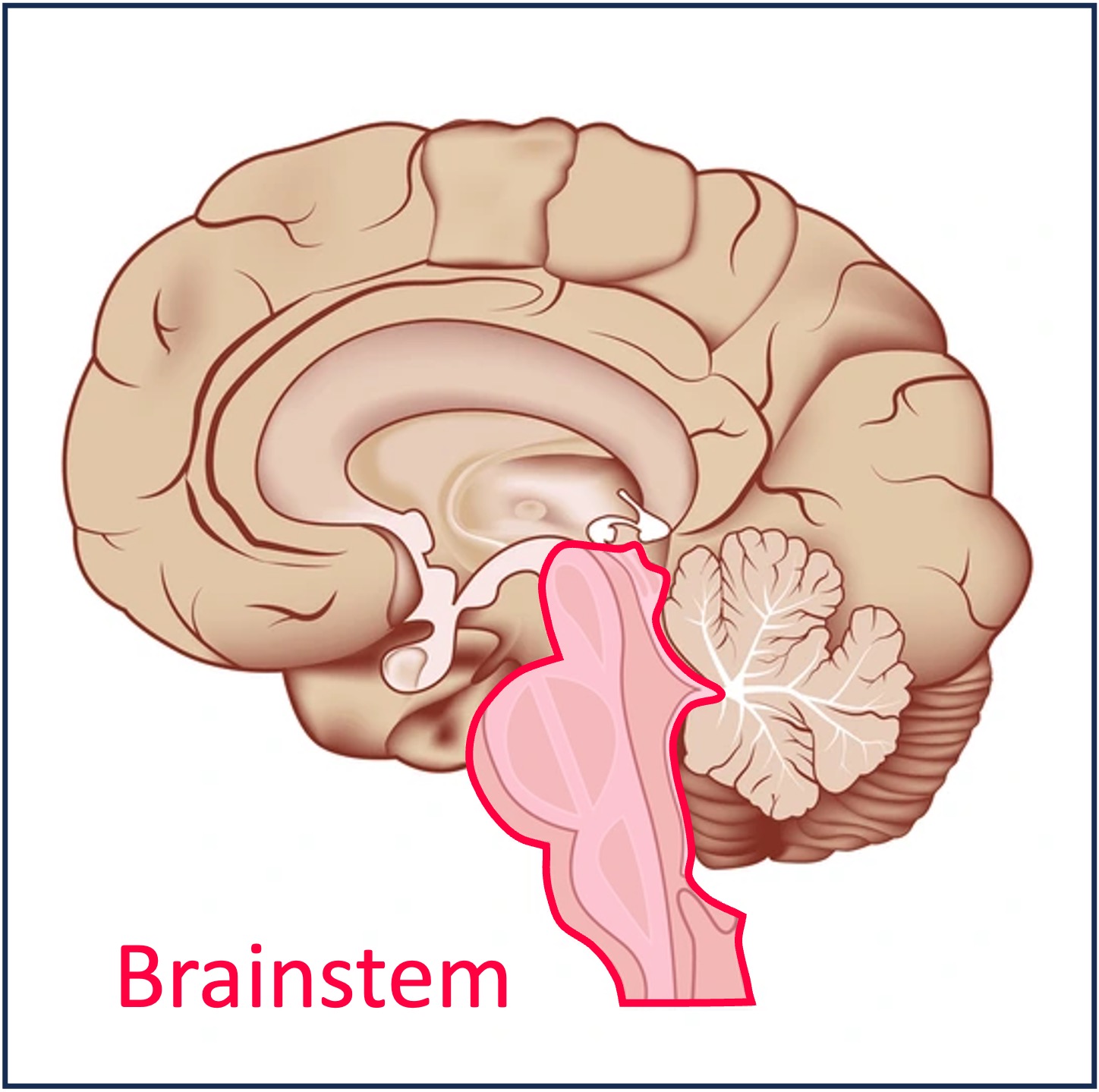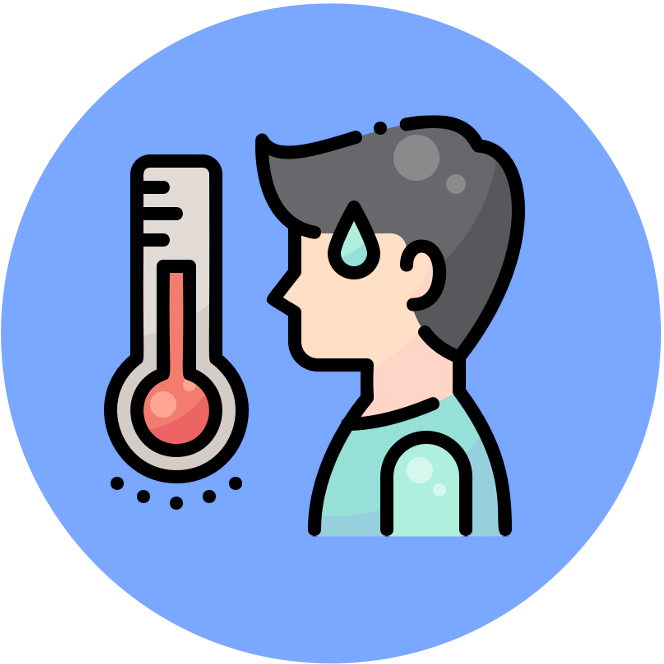

Exercise Intensity
Exercise
The human body undergoes a number of physiological changes in order to prepare for vigorous physical activity
-
When exercising, the amygdala (an area of the brain involved in emotional processing) sends stress signals to the hypothalamus to initiate a ‘fight or flight’ response
-
The hypothalamus will in turn stimulate the release of epinephrine (adrenaline) from the adrenal glands above the kidneys (‘epi’ = above ; ‘nephron’ = kidneys)
Epinephrine will circulate within the bloodstream and trigger a variety of physiological responses:
-
Heart rate will become elevated and the strength of cardiac contractions will increase – resulting in greater blood flow from the heart
-
Arterioles carrying blood to the skeletal muscles will dilate, while arterioles carrying blood to the kidneys and gut will constrict – redirecting blood to vital organs
-
Ventilation rate will also increase and the bronchioles will widen to improve the uptake of oxygen and the removal of carbon dioxide
-
Glucose and fats are released from storage organs (like the liver and adipose tissues) into the bloodstream, supplying energy to respiring tissues
Epinephrine Secretion


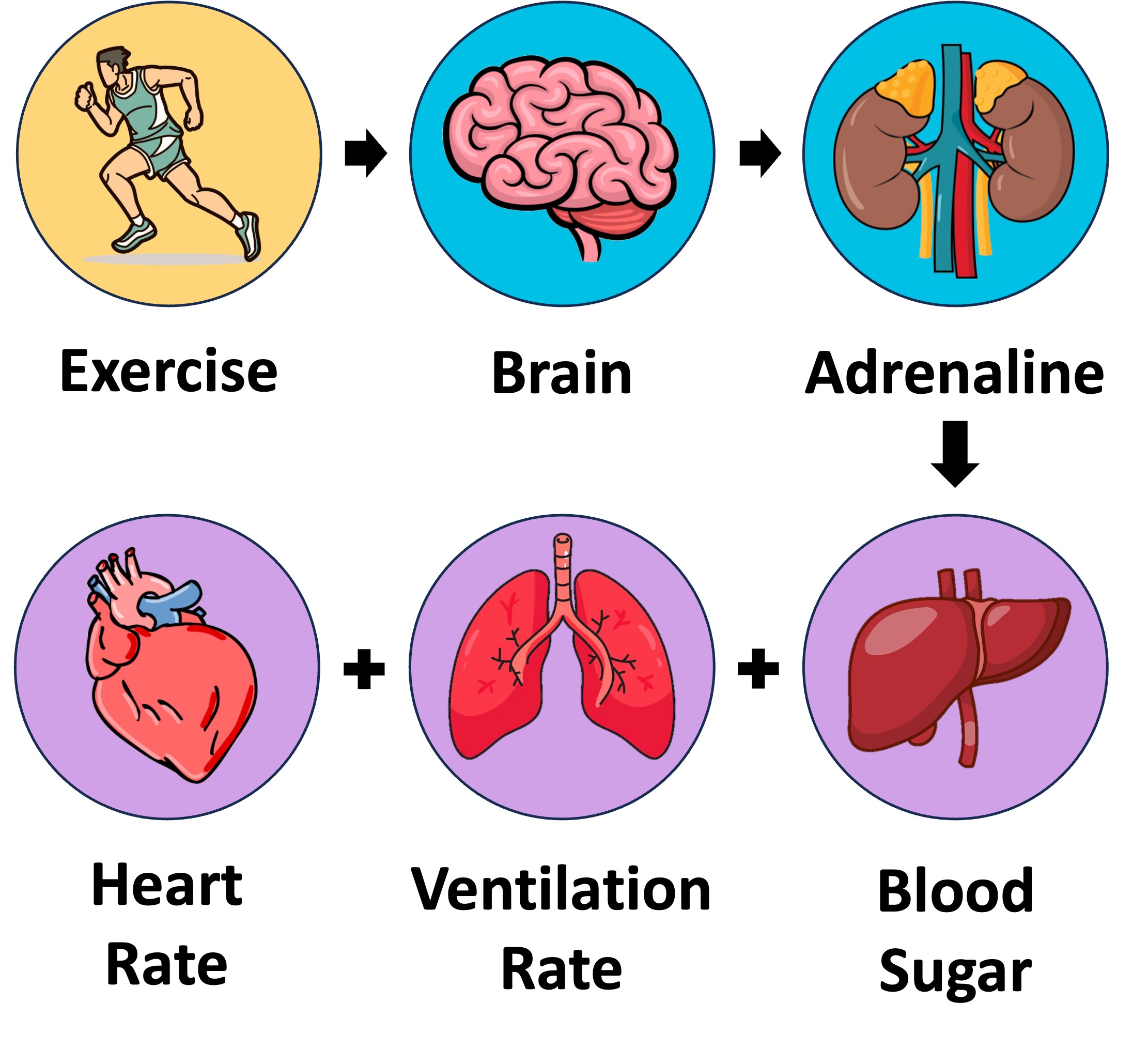
Blood Flow
Cardiac output describes the amount of blood the heart pumps through the circulatory system in one minute
-
It is determined by both the heart rate (number of beats per minute) and stroke volume (amount of blood pumped per beat)
Cardiac output is autonomically controlled by the medulla oblongata (brainstem) and varies according to physiological requirements
-
Baroreceptors in the aortic arch and carotid sinuses detect changes in blood pressure and may trigger adjustments to either heart rate or vessel diameter
-
Peripheral chemoreceptors in the aorta and carotid arteries, along with central chemoreceptors in the medulla, may regulate heart rate according to changes in blood pH levels
-
Blood pH is affected by the composition of gases (such as oxygen and carbon dioxide) within the bloodstream
-
Cardiac Control Mechanisms
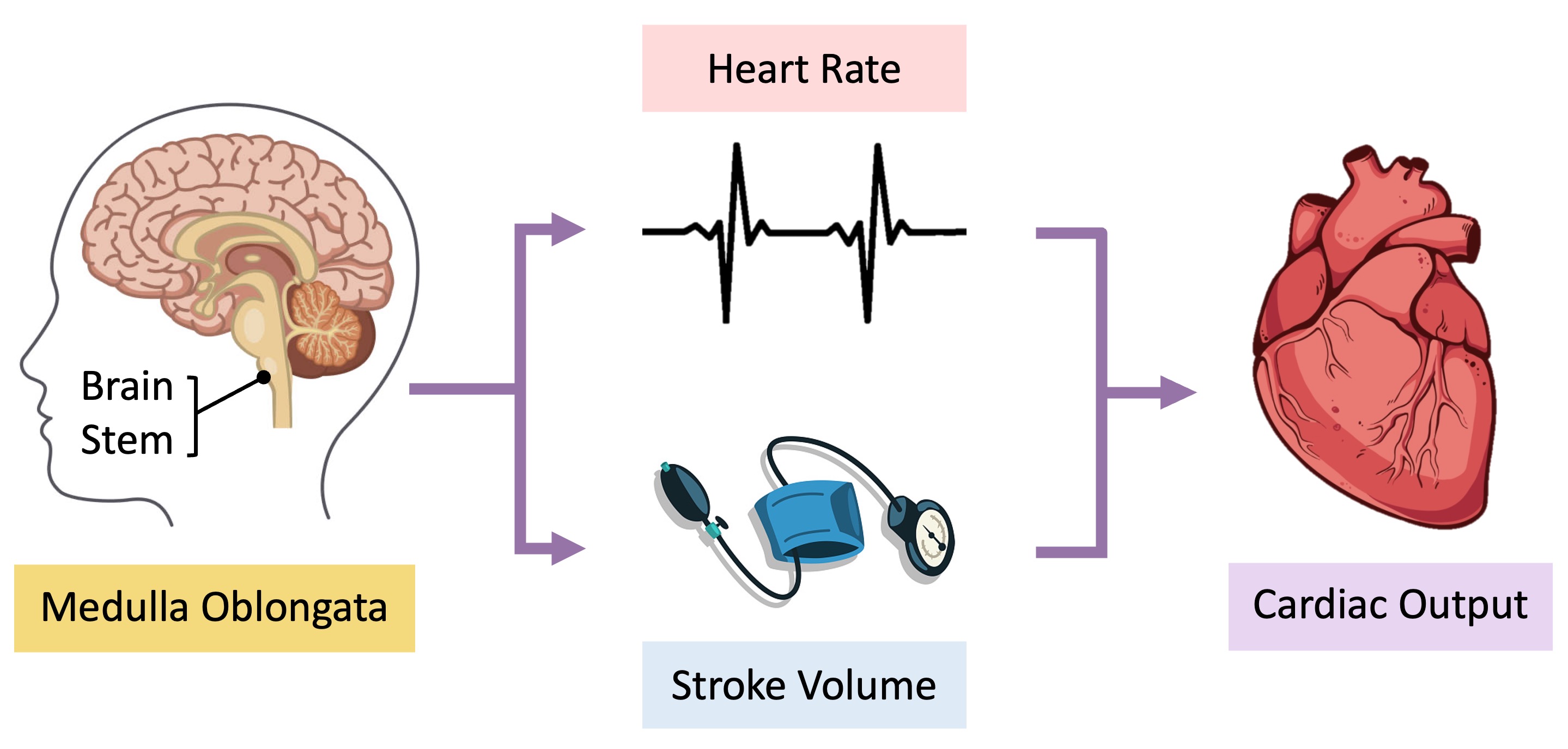
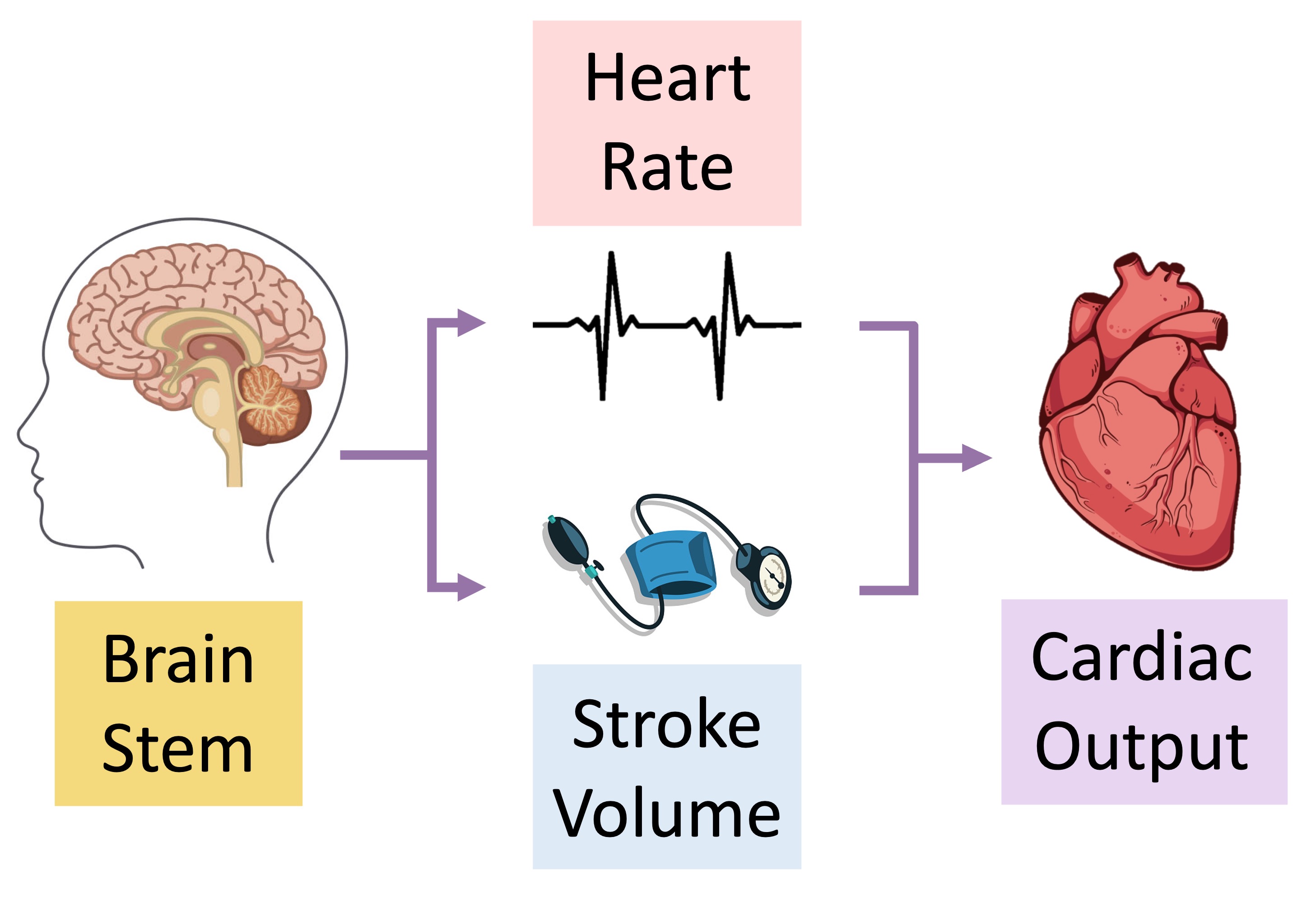
Ventilation
Ventilation in humans changes in response to levels of physical activity, as the body’s energy demands are increased
-
ATP production (via cellular respiration) produces carbon dioxide as a waste product (and may consume oxygen aerobically)
-
Carbon dioxide lowers the pH of the blood (by forming carbonic acid) and this changes in pH is detected by chemosensors in the brainstem
-
As exercise intensity increases, so does the need for gas exchange, leading to an increase in levels of ventilation
The brainstem signals to the diaphragm and intercostal muscles within the thoracic cavity to influence ventilation in two main ways:
-
Increase ventilation rate (a greater frequency of breaths allows for a more continuous exchange of gases)
-
Increase ventilation volume (a greater volume of air taken in and out per breath allows for more gas exchange)
Respiratory Control

Ventilation Components
